In bustling urban areas like Seattle, where spacious homes come with a hefty price tag, making the most of every inch is not just a design goal; it’s a necessity. The allure of bigger homes remains, but their high costs in terms of rent, purchase, or maintenance make them less feasible. The rent for a 1-bedroom apartment in Seattle is more than $2,100 which is much higher compared to the US average of $1,700!
1. Leveraging Light and Color for Spaciousness
One of the simplest yet most effective ways to create an illusion of more space is through the clever use of light and color. Light colors are known for their ability to make rooms appear larger and more open. Consider painting your walls in soft shades of white, cream, or light blue. These colors reflect natural light, brightening up the space.
When it comes to lighting, maximize natural light wherever possible. Use sheer curtains or blinds that can be easily opened to let in sunshine.
2. Transforming a Small Bathroom
A small bathroom can feel cramped and uncomfortable, but with a few changes, you can transform it into a spacious retreat. Start by considering a new vanity that offers storage underneath.
Next, focus on the shower area. Installing a frameless glass shower door can make the bathroom feel larger as it removes visual barriers.
In Seattle, where the cost of living is 50% higher than the US average, make sure you hire an affordable company with ample experience in bathroom remodeling in Seattle to ensure a seamless installation and replacement process and avoid costly repairs in the future.
For storage, consider built-in shelving in the shower area or over the toilet, maximizing unused vertical space.
3. Maximizing Kitchen Space
In the kitchen, smart cabinetry and layout are key. Opt for cabinets that reach the ceiling to maximize storage space. Consider the addition of a kitchen island that offers additional counter space and storage, but ensure it doesn’t obstruct the flow of the room.
Also, rethink your appliance sizes. For instance, choosing a slimmer refrigerator or a compact dishwasher can free up valuable space. Open shelving can also be a stylish and functional addition, keeping essential items within reach while reducing the cluttered look of upper cabinets.
4. Creating Multi-Functional Living Areas
Living rooms often serve multiple purposes – as lounges, home offices, or entertainment areas. Furniture that doubles as storage, like ottomans with hidden compartments or couches with built-in storage, can be game-changers.
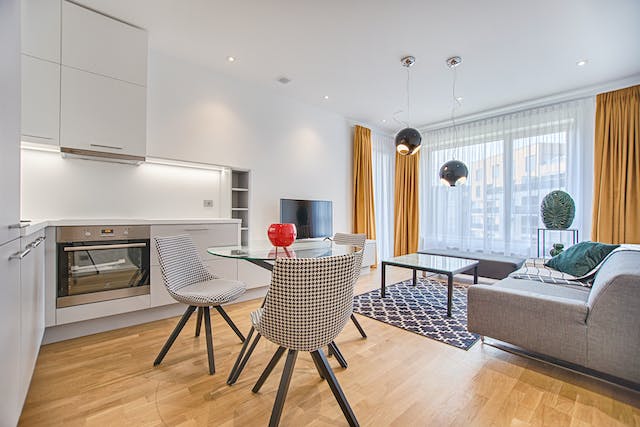
Consider the layout carefully. Arrange furniture to delineate different zones – a corner for reading, a space for TV, and a spot for working. Keep pathways clear to avoid a cluttered feel. Also, use rugs to define areas within the room without using physical barriers.
5. Optimizing Bedroom Space
Bedrooms can be challenging to organize, especially if they’re on the smaller side. Utilize under-bed storage for out-of-season clothes or extra bedding. Built-in closets can be customized to fit your space and storage needs, offering a sleek and efficient way to organize your belongings.
Consider a bed frame with drawers, or invest in a bed that lifts up to reveal storage underneath. This can eliminate the need for bulky dressers or additional storage units in the room.
6. Enhancing Outdoor Spaces for Extended Living
Don’t overlook the potential of outdoor spaces, regardless of their size. Even a small balcony or patio can be transformed into a valuable extension of your living area. Start by selecting furniture scaled to the size of your outdoor space. Compact, foldable, or stackable furniture can be both practical and stylish.
For those with a green thumb, vertical gardening is a great way to add greenery without sacrificing floor space. Wall-mounted planters or trellises with climbing plants can create a lush, relaxing environment. Additionally, consider outdoor rugs and weather-resistant art to make the space feel more like an extension of your indoor living area.
7. Utilizing Vertical Space for Storage and Decor
Vertical space is often underutilized in home design. Utilizing your walls for storage and decor can dramatically increase the functionality of a room without encroaching on living space. Installing floating shelves, for example, can provide display space for books, plants, or art without taking up floor space.
For rooms where floor space is at a premium, consider wall-mounted desks or fold-down tables. These solutions can offer functional work or dining spaces that can be tucked away when not in use. Wall-mounted TVs and speakers can also save space while keeping the room stylish and uncluttered.
8. Innovative Furniture: Space-Saving and Transformable Pieces
Furniture that can adapt to your needs can be a game-changer in small spaces. Items like Murphy beds, which can be folded up into the wall when not in use, or extendable dining tables, offer flexibility and functionality without sacrificing style.
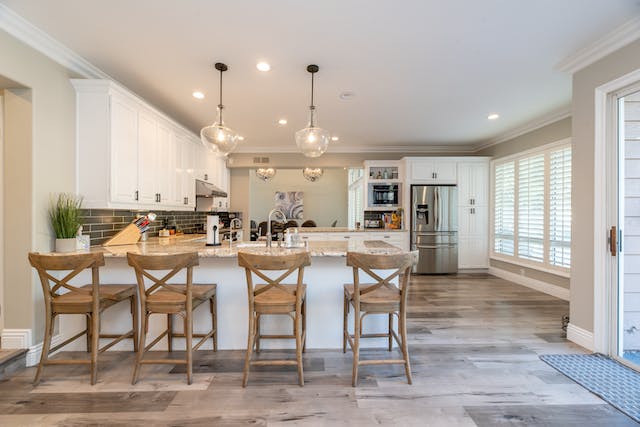
Look for pieces that serve multiple purposes: a sofa that turns into a bed, a coffee table with hidden storage, or ottomans that double as seating or tables. These dual-purpose pieces can reduce the need for additional furniture, keeping rooms open and adaptable to various needs.
9. Integrating Technology for a Smarter, Spacious Home
In the era of smart homes, technology can be a powerful tool in maximizing space. Wireless technology reduces the need for cumbersome wiring, while smart storage solutions like TV lifts or motorized shelves can help keep spaces clean and organized.
Consider smart lighting systems that can be controlled via smartphone or voice command. This technology not only offers convenience but also allows you to easily adjust the lighting to suit different needs or moods, creating the illusion of more space.
10. Personalizing Spaces with Minimalist Decor
A minimalist approach to decor can help in creating a sense of space. This doesn’t mean your rooms have to be bare; rather, it’s about choosing pieces that are both functional and aesthetically pleasing without overcrowding the room.
Select decor that complements the room’s function and enhances its style. A few well-chosen pieces of art, some decorative pillows, or a statement rug can add personality to a room without making it feel cramped.
Conclusion
Enhancing the space in each room of your home is about more than just creating the illusion of more room; it’s about making smart, style-conscious choices that reflect your personal taste while maximizing functionality. Whether you’re living in an urban setting like Seattle or elsewhere, these strategies can help transform your home into a more spacious, comfortable, and stylish place.

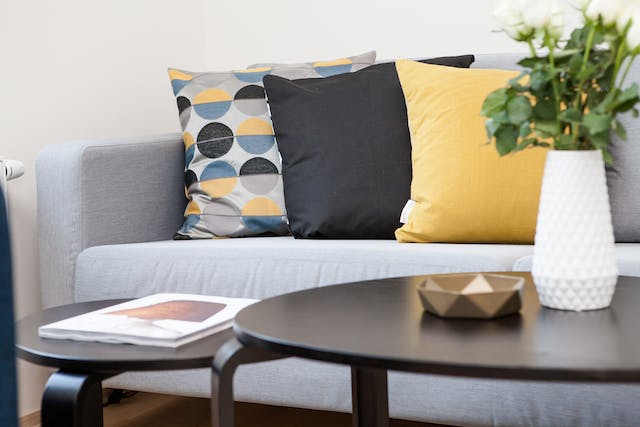
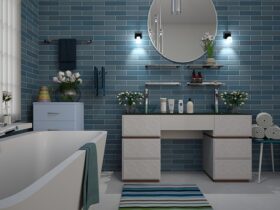









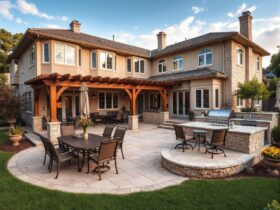

Leave a Reply